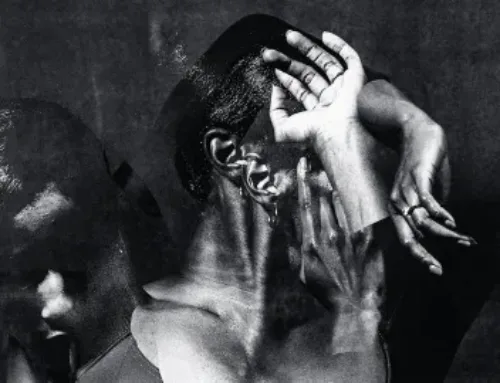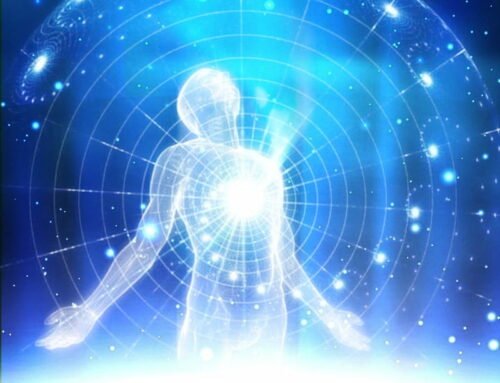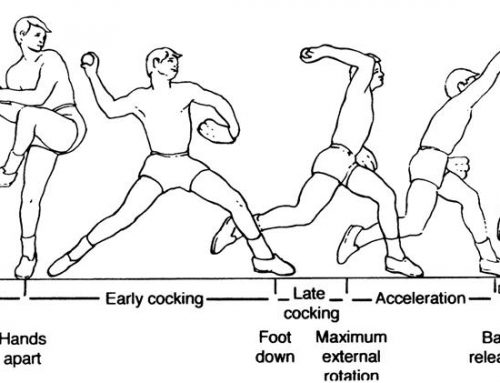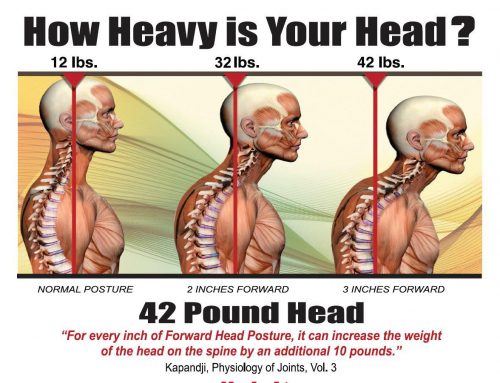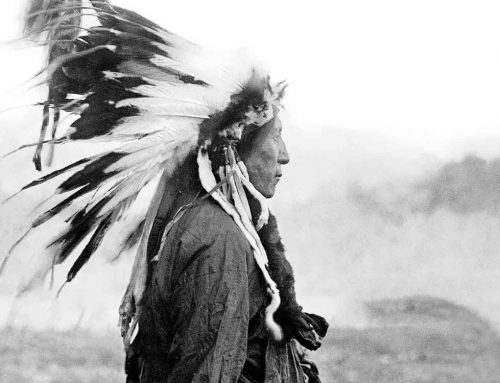“You are only as old as our spine”–
Joe Pilates
In many cultures around the world the ageing population is greatly respected as elders with great wisdom and experience. None of us want to get old and we are constantly being sold potions, pills and gimmicks to give us the elixir of life. Whilst studying the elderly in Japan it is evident that they have a very active ageing population. This is of course helped by their climate and lifestyle. People over the age of 65 make up a quarter of Japan’s population, and it’s on track to reach 40 per cent. The top-heavy demographic creates huge challenges for government and the economy. Now the country is tackling the problem with innovative programs, including everything from comprehensive long-term-care insurance to robotics.
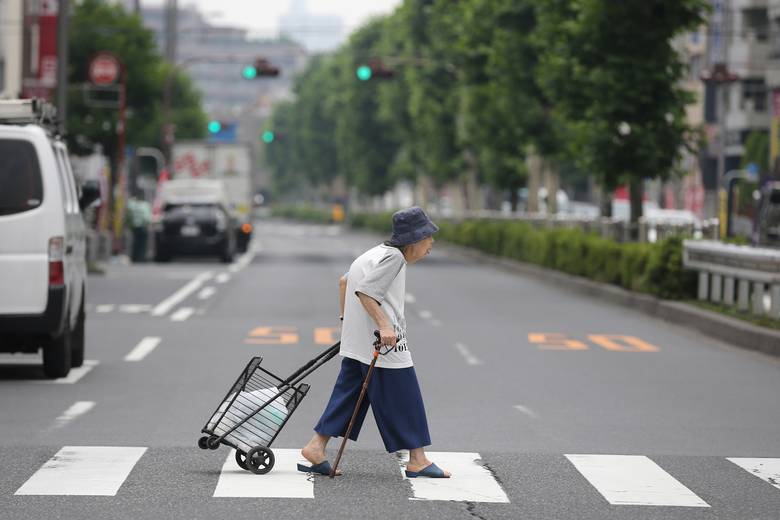
The spine position above was always associated with the elderly yet it has crept into the younger generation . There are large number of movement and manual therapist show would say ” If it’s not broke , don’t fix it”. However long term repercussions would effect the acidity PH of the body, balance, chewing, organ function breathing, energy expenditure, tiredness and also the optimal axis of rotation creating freedom to move. Their ability to move becomes compromised as the body adapts with neural patterning. Imagine going from right to left on the picture below or vice versa. On the picture below which do you feel would be more comfortable?
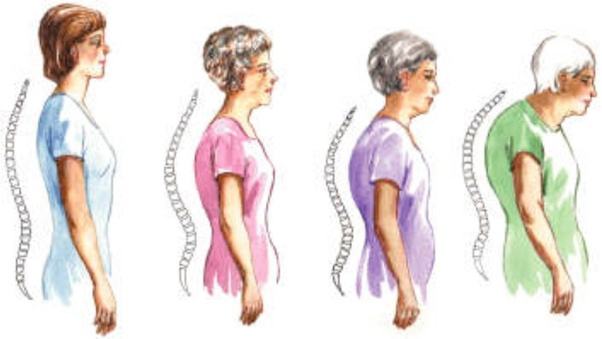
“Ideal posture is the position from which the musculoskeletal system functions most efficiently”. 1,2
Points to consider
- In a balanced body there exists optical length tension relationships between agonists and antagonists, neutralisizers and stabilizer musculature.
- Ideal posture encourages maintenance of concentric joint motion and optimal instantaneous axis of rotation.
Whether you’re young or old. “Motor engram programming is the goal. An engram may be defined as a neuro physiological phenomenon that contains the motor information necessary to perform complex moves”.3
For example, if an athlete is trained to lunge with optimal structural ligament then the athlete’s nervous system will seek the same posture or movement position as a foundation from which to perform his lunge in a given sport activity gait pattern.
The programming will serve to encourage specific muscle groups and assist posture whilst moving through the musculoskeletal system. We also must not dismiss the mind-body connection, how we feel is how we move. We cross the Chasm (brain to body) in a conceptual shift from Tissue-centric models to Neuro-centric models, or Meso-centric (muscles/bones/fascia) to Ecto-centric (skin and nerves)–from an approach that conceptualizes something in the tissue (adhesions, relative fasical lengths, etc.) We feel that we need to be fixed (by someone else) in an approach that understands that bodywork works on the nervous system, not on tissues. Sometimes this approach is contrasted as an operator (therapist-will-fix-you) vs interoperator (client-and-therapist-work-together) models. It takes the expression “It is where it ain’t” and says “yep, it’s in the brain. The tissue is not the issue. This is why in the CHEK system we priortise a holistic training point of view, that is to look at :
- Thoughts
- Breathing
- Sleep
- Food
- Water
- Movement
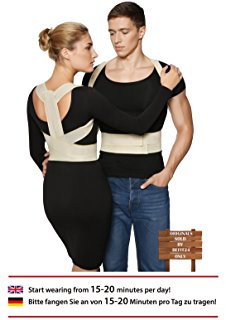 So if you are looking at one of the gimmicks pictured, do contact me for a consultation and lets see if we can help you create more balance in your spine.
So if you are looking at one of the gimmicks pictured, do contact me for a consultation and lets see if we can help you create more balance in your spine.
Bibligraphy
“Advanced Program Design”.- Paul Chek
“Pacific center for awareness and bodywork”.
1.Paul Chek, “Posture and craniofascial pain”. Chiropractic approach to head pain. Ed: Curl, D, Williams and Wilkins, 1994
2.Paul Chek, Scientific Back training
3. Mayer, T.G Mooney, V & gatchel , R.J Contemporary conservative care of painful spinal disorders, Philadelphia: Lea & Feiber 1991


